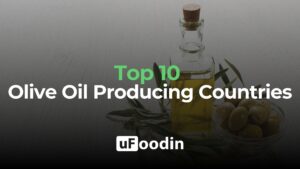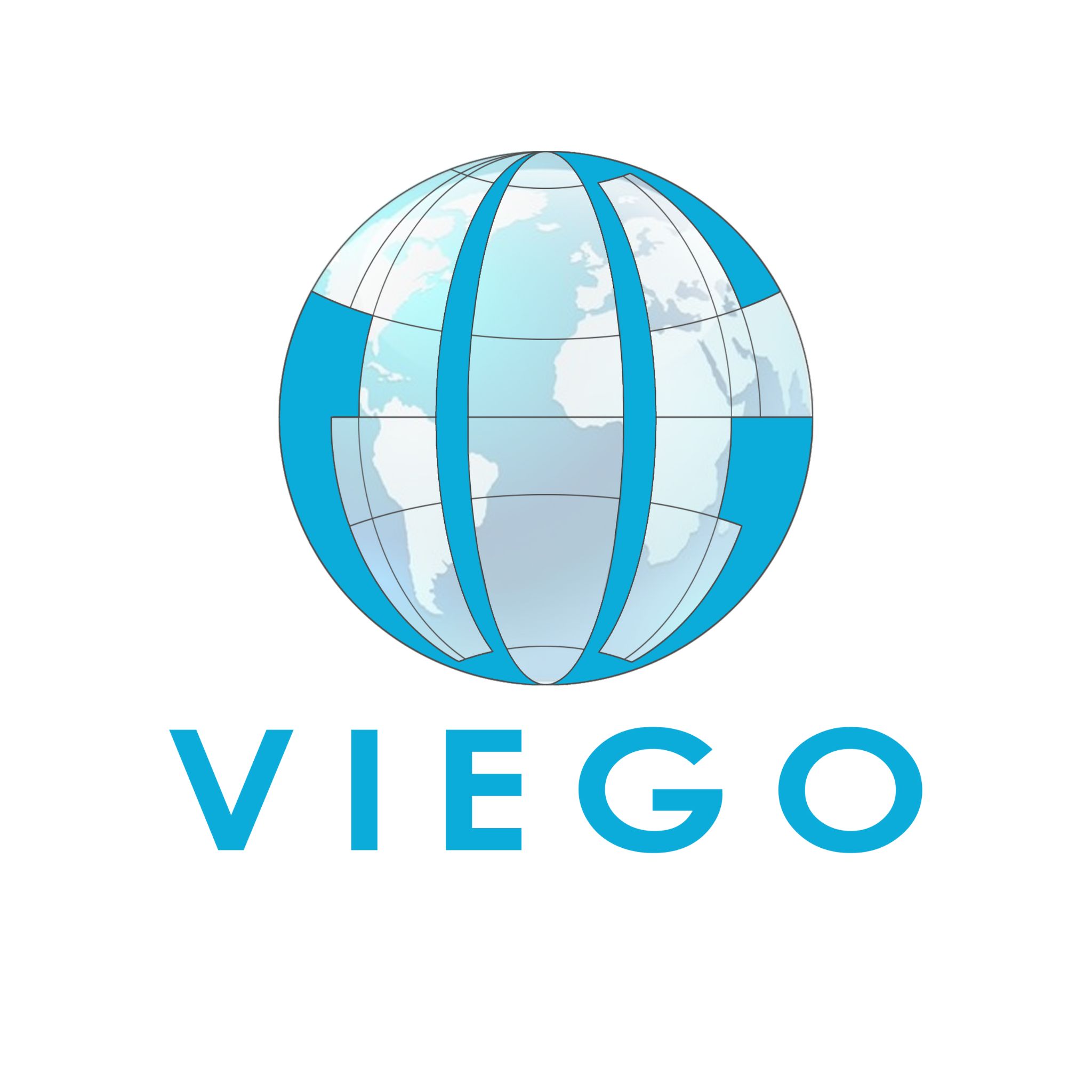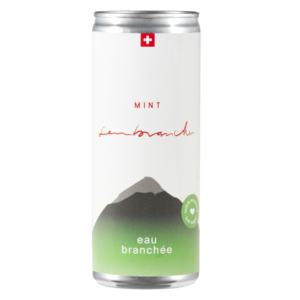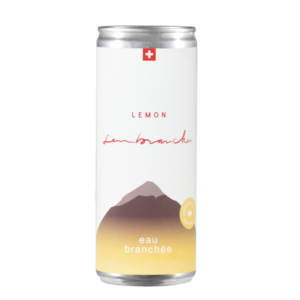
Top 10 Tea Producers: Cultivating the World’s Favorite Beverage

Top 10 Tea Producers: Cultivating the World’s Favorite Beverage
Tea is one of the most consumed beverages globally, second only to water. In 2023, the global tea market was valued at approximately $55 billion, with a projected CAGR of 6.5% through 2030, reaching an estimated $85 billion. With a production volume exceeding 6.5 million metric tons, tea is a cornerstone of cultural traditions, wellness trends, and the global beverage industry.
Asia dominates tea production, contributing over 80% of global output, with China, India, and Sri Lanka leading the way. Africa, particularly countries like Kenya and Malawi, plays a significant role in global tea exports, supplying robust tea varieties to meet growing international demand. The rising popularity of specialty teas, including green, herbal, and oolong, coupled with the expanding wellness market, is reshaping consumer preferences and driving innovations in the industry.
This article highlights the Top 10 Tea Producers, showcasing their contributions, production practices, and innovations in the global tea landscape.

- China
- Annual Production: ~2.9 million metric tons
- Why It Stands Out: As the world’s largest tea producer, China is renowned for its wide variety of teas, including green, black, white, and oolong teas. It is also the birthplace of tea culture, with centuries of tradition underpinning its global dominance.
- Key Innovations: Development of organic and specialty teas, leveraging ancient practices combined with modern production techniques.
- India
- Annual Production: ~1.4 million metric tons
- Why It Stands Out: India is the second-largest tea producer, with iconic tea-growing regions such as Assam, Darjeeling, and Nilgiri. Indian tea, particularly its black tea, is a staple in both domestic and global markets.
- Key Innovations: Expansion into herbal and green tea production to cater to health-conscious consumers.
- Kenya
- Annual Production: ~500,000 metric tons
- Why It Stands Out: Kenya is Africa’s largest tea producer and a leading exporter globally. Its tea is known for its bold flavor and robust qualities, making it ideal for blends.
- Key Innovations: Adoption of sustainable farming practices and investments in value-added tea products like ready-to-drink options.
- Sri Lanka
- Annual Production: ~300,000 metric tons
- Why It Stands Out: Known for its premium Ceylon tea, Sri Lanka exports tea to over 140 countries, with a strong focus on quality and flavor.
- Key Innovations: Development of single-origin teas and a robust branding strategy for its Ceylon Tea label.
- Vietnam
- Annual Production: ~270,000 metric tons
- Why It Stands Out: Vietnam produces a wide variety of teas, including black, green, and white teas, catering to diverse consumer preferences. Its teas are popular in Asian and Middle Eastern markets.
- Key Innovations: Investments in organic farming and diversification into specialty teas.
- Turkey
- Annual Production: ~260,000 metric tons
- Why It Stands Out: Turkey has a strong domestic tea culture, with Rize tea being the most popular variety. It is among the highest tea-consuming nations per capita.
- Key Innovations: Focus on local production and branding to support its tea culture and expand international exports.
- Indonesia
- Annual Production: ~140,000 metric tons
- Why It Stands Out: Indonesia specializes in black and green teas, with exports to over 50 countries. It has a long history of tea production dating back to colonial times.
- Key Innovations: Adoption of agroforestry techniques to improve yield and quality.
- Japan
- Annual Production: ~90,000 metric tons
- Why It Stands Out: Japan is globally recognized for its green teas, particularly matcha, which has gained immense popularity worldwide.
- Key Innovations: Emphasis on artisanal production and sustainability, along with branding Japanese tea as a premium product.
- Iran
- Annual Production: ~75,000 metric tons
- Why It Stands Out: Iran is a significant producer of black tea, catering mainly to its domestic market. Its tea is known for its unique aroma and quality.
- Key Innovations: Efforts to revive traditional tea production methods and expand into herbal teas.
- Malawi
- Annual Production: ~50,000 metric tons
- Why It Stands Out: Malawi is a key player in African tea production, known for its high-quality black teas used in blends globally.
- Key Innovations: Investments in sustainable farming and partnerships with global tea brands.
Major Trends in the Tea Industry
- Growth of Specialty and Premium Teas
The demand for specialty teas, such as green, white, oolong, and herbal blends, is rising rapidly, driven by health-conscious consumers. Specialty teas now account for approximately 30% of global tea sales, with organic and single-origin teas leading the charge in premium markets. Matcha, for example, has seen a surge in popularity, particularly in North America and Europe.
- Emphasis on Health and Wellness
Tea is increasingly marketed as a wellness product, with a focus on its antioxidant, anti-inflammatory, and calming properties. Ingredients like turmeric, ginger, and adaptogens are being incorporated into tea blends to cater to consumers looking for functional beverages that promote immunity, relaxation, and energy.
- Innovations in Ready-to-Drink (RTD) Teas
The RTD tea market is expanding at a CAGR of 8%, driven by consumer demand for convenient, on-the-go options. Infused teas with natural flavors, low-sugar content, and functional ingredients are becoming staples in this segment, especially among millennials.
- Focus on Sustainability
The tea industry is increasingly prioritizing sustainability, with producers adopting eco-friendly farming practices such as organic cultivation, water conservation, and reduced pesticide use. Biodegradable tea bags and recyclable packaging are also gaining popularity, aligning with consumer preferences for environmentally responsible products.
- Technological Integration in Cultivation
Technology is playing a significant role in improving tea production efficiency. Smart farming techniques, including drone technology, soil monitoring sensors, and AI-powered analytics, are helping producers optimize yields and manage resources effectively.
- Rising E-Commerce and Direct-to-Consumer Channels
The e-commerce segment for tea is experiencing strong growth, with a CAGR of 9%. Producers are increasingly leveraging digital platforms to market specialty teas and connect directly with global consumers, bypassing traditional distribution channels.
- Increased Regional Focus on Local Varieties
Countries are emphasizing the unique qualities of their locally grown teas to differentiate their products. For instance, Sri Lanka promotes Ceylon tea, Japan highlights its matcha and sencha, and India markets Darjeeling and Assam teas as premium offerings with geographical indications (GI) tags.

Main Challenges in the Tea Industry
- Climate Change and Weather Variability
Tea cultivation is highly sensitive to climatic conditions, and regions like Assam, Kenya, and Sri Lanka are facing erratic rainfall, rising temperatures, and prolonged droughts. These changes not only reduce yields but also impact the flavor and quality of the tea. For instance, droughts in Kenya in recent years have led to a 10-15% decline in production, affecting global supply.
- Labor Shortages and Rising Costs
Tea harvesting is labor-intensive, and many tea-producing regions are experiencing labor shortages due to urban migration and increasing labor costs. For example, in India and Sri Lanka, labor accounts for over 50% of production costs, making it difficult for producers to maintain profitability.
- Price Volatility and Global Trade Barriers
Tea prices are subject to fluctuations due to changes in supply and demand, currency depreciation, and geopolitical tensions. For instance, the COVID-19 pandemic disrupted global trade flows, leading to surpluses in some regions and shortages in others, creating significant price volatility.
- Quality Control and Counterfeit Products
The tea industry faces challenges in maintaining consistent quality across supply chains, especially in mass-market blends. Additionally, counterfeit products labeled as premium teas, such as Darjeeling or matcha, can harm the reputation of authentic producers and erode consumer trust.
- Meeting Stringent Sustainability Standards
Global markets, particularly in Europe and North America, have strict sustainability and pesticide regulations, which require significant investments in compliance. Smallholder farmers, who contribute over 60% of global tea production, often struggle to meet these standards due to limited resources and knowledge.
- Competition from Coffee and Alternative Beverages
Tea faces stiff competition from coffee, which dominates Western markets, as well as emerging beverages like kombucha, herbal infusions, and functional drinks. These alternatives are capturing younger demographics, reducing tea’s share in traditional markets.
- Shifting Consumer Preferences
While traditional black tea remains popular, consumer interest is shifting toward green, herbal, and specialty teas. Producers who rely heavily on black tea face challenges in adapting their operations and product portfolios to align with changing market demands.
The Top 10 Tea Producers exemplify a rich blend of tradition and innovation, meeting the world’s demand for tea while navigating the complexities of modern agriculture and market dynamics. From the lush fields of Assam and the artisanal matcha farms of Japan to the sustainable plantations in Kenya, these producers are leading the way in ensuring tea remains a beloved global beverage.
As the tea industry faces challenges such as climate change, labor shortages, and evolving consumer preferences, opportunities for collaboration and innovation become increasingly vital. Platforms like uFoodin provide a valuable bridge, helping producers connect with global buyers, highlight their unique offerings, and explore new markets, including premium and specialty segments.
Additionally, the growing prominence of e-commerce and direct-to-consumer channels opens new possibilities for producers to reach health-conscious consumers and showcase sustainability-focused practices. By embracing digital tools and fostering partnerships, tea producers can position themselves at the forefront of a competitive and evolving industry.
As tea continues to gain momentum as a wellness product and sustainable commodity, the efforts of these leading producers ensure its legacy endures for future generations. Let me know if you’d like further refinements!
uFoodin Editorial Team
Bibliography
- Statista: Global Tea Market and Projections
- FAO (Food and Agriculture Organization): Tea Production and Trade Data
- Fortune Business Insights: Trends and Challenges in the Tea Industry
- Company and Government Reports: Insights from China, India, and Sri Lanka
LAST ARTICLES

Top 10 Salty Snack Food Companies
The salty snack industry is a dynamic and rapidly evolving segment of the global food market, encompassing products such as chips, popcorn, pretzels, and nuts.

Top 10 Plant-Based Meat Companies
The global plant-based meat industry is experiencing significant growth, driven by increasing consumer awareness of health, environmental, and ethical considerations. In 2023, the market was
FEATURED OFFERS
Related Posts

Top 10 Salty Snack Food Companies
The salty snack industry is a dynamic and rapidly evolving segment of the global food market, encompassing products such as chips, popcorn, pretzels, and nuts.

Top 10 Plant-Based Meat Companies
The global plant-based meat industry is experiencing significant growth, driven by increasing consumer awareness of health, environmental, and ethical considerations. In 2023, the market was

Top 10 Confectionery Companies:
The global confectionery market is a significant segment of the food industry, encompassing a wide range of sweet-tasting products such as chocolates, candies, gums, and

Top 10 Dairy Brands: Leaders in Global Dairy Innovation
Dairy products are a dietary staple across the globe, providing essential nutrients such as calcium, protein, and vitamins. From fresh milk and cheese to yogurt

Top 10 Olive Oil Producing Countries
Olive oil, a cornerstone of Mediterranean cuisine and culture, is more than just a cooking ingredient—it is a symbol of health, heritage, and sustainability. Revered

Top 10 Pasta Brands
The global pasta market has experienced significant growth, driven by consumer demand for convenient and versatile food options. In 2023, the market was valued at

Functional Always active
Preferences
Statistics
Marketing

Functional Always active
Preferences
Statistics
Marketing
Report
There was a problem reporting this post.
Block Member?
Please confirm you want to block this member.
You will no longer be able to:
- See blocked member's posts
- Mention this member in posts
- Invite this member to groups
- Message this member
- Add this member as a connection
Please note: This action will also remove this member from your connections and send a report to the site admin. Please allow a few minutes for this process to complete.



















Responses